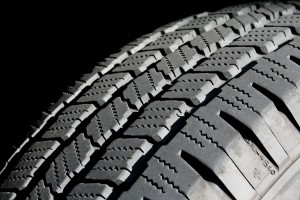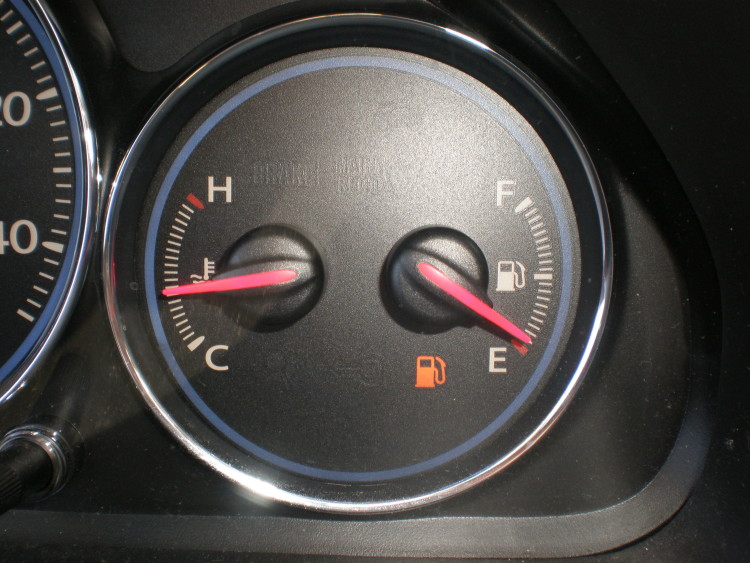 Are you looking for the perfect gift for the auto-enthusiast in your life this Valentine’s Day? Give them a great and practical gift by helping them take care of their car!
Are you looking for the perfect gift for the auto-enthusiast in your life this Valentine’s Day? Give them a great and practical gift by helping them take care of their car!
We rely on our car for so many things in our daily life; Taking Billy to hockey practice, running errands on the weekend and getting to work on time, but sometimes we take the car for granted. For some people, the only time they preform regular maintenance is when something breaks down or the Check Engine light comes on. Today, we’re going to share three quick and easy tips so you can keep the other love in your life running smoothly.
1) Oil Change
If you’d rather have your car’s oil changed by a professional, or if you don’t have a space to preform the task, we’d be more than happy to do the service for you, but changing the oil can be a fun teaching moment for couples or parents/children. Drain the oil into a disposable tray, and be sure to reattach the oil cap underneath your car before you pour in the new oil, otherwise you’ll have a mess on your hands. Dispose of the old oil in an environmentally safe location, and viola! You’ve successfully changed the oil.
2) Car Wash
Winter grime builds up as slushy roads and tires kick dirt up onto your vehicle. We don’t recommend washing your car in the driveway this time of year, so treat yourself or someone special to a car wash gift card at a nearby station. Your freshly washed car will stand out from the rest, which will look nice if you’re going to be driving to a restaurant for dinner on Valentine’s Day.
3) Treat Your Tires
Pothole season is almost upon us, and if your tires are already in bad shape, a nasty pothole could cause your tire to burst. Take a look at your tires and see if they should be rotated or replaced. We can have your tires rotated in no time, and this will ensure that your tires wear down evenly. By doing this, you can save money on gas and keep your suspension in top shape.
If you have any questions about other ways to keep your car running smoothly, simply scroll through some of our past blog posts.



